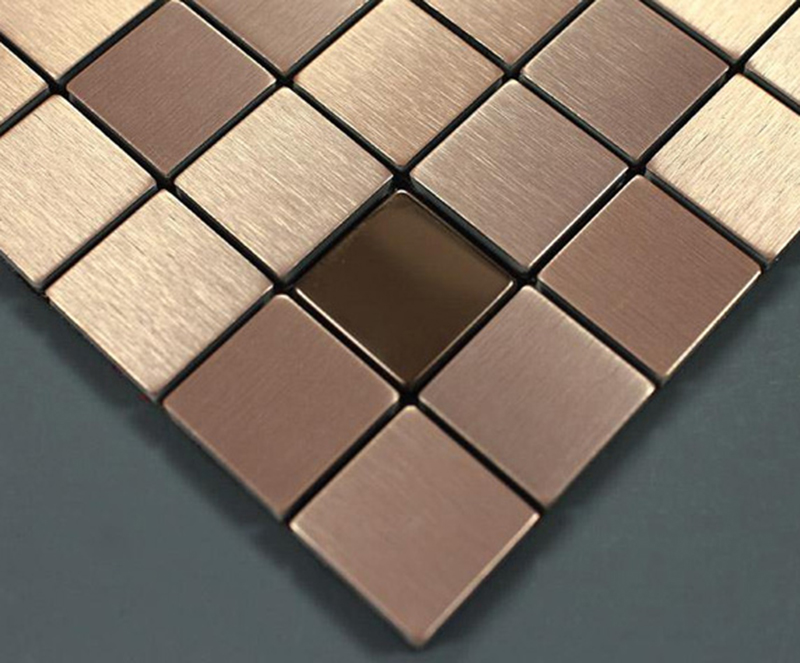


PVD is the abbreviation of English Physical Vapor Deposition. Chinese means "physical vapor deposition". It refers to the thin film manufacturing technology that physically covered materials on the watches under vacuum conditions.
(Shenzhen Giant watch is a skilled chronograph stainless steel watch manufacture in China,Above watch we can make for you)
PVD (physical vapor deposition) coating technology is mainly divided into three categories, vacuum evaporation coating, vacuum sputtering plating and vacuum ion plating. Corresponding to the three classifications of PVD technology, the corresponding vacuum coating equipment also has three kinds of vacuum evaporation coating machine, vacuum sputtering coating machine and vacuum ion plating machine.
The development of vacuum ion plating technology has been the fastest in the past decade, and it has become one of the most advanced surface treatment methods available today. The so-called PVD coating refers to vacuum ion plating; the so-called PVD coating machine refers to the vacuum ion coating machine.

PVD coating (ion coating) technology, the specific principle is to use low-voltage, high-current arc discharge technology under vacuum conditions, using gas discharge to evaporate the target and ionize the vaporized substance and gas, using the electric field acceleration The effect is to deposit the evaporated material and its reaction product on the watches. The film layer coated by PVD coating technology has high hardness, high wear resistance (low friction coefficient), good corrosion resistance and chemical stability, and the life of the film layer is longer; Improve the appearance of the watches.
(We have now promotional chronograph watch in March, they can use chronograph watch vd53 movement.)

PVD coating technology is an environmentally friendly surface treatment method that can truly obtain micro-scale coating without pollution. It can prepare various single metal films (such as aluminum, titanium, zirconium, chromium, etc.), nitride films (TiN, ZrN, CrN, TiAlN) and carbide films (TiC, TiCN), and oxide films (such as TiO, etc.). The thickness of the PVD coating layer is micron-scale, and the thickness is thin, generally 0.3 μm to 5 μm, wherein the thickness of the decorative coating layer is generally 0.3 μm to 1 μm, so that the surface of the workpiece can be improved without affecting the original size of the workpiece. Various physical properties and chemical properties, no need to be processed after plating. PVD coatings are currently available in deep golden yellow, light golden yellow, brown, bronze, gray, black, grayish black, seven-colored, and the like. The color of the plating can be controlled by controlling the relevant parameters in the coating process; after the coating is finished, the color can be measured by the relevant instrument to quantify the color to determine whether the color of the plating meets the requirements.

2F, Building A, Shimei Industrial Park, Dalang Town, Longhua District, Shenzhen, China